By Frangiska Mylona,
In today’s society, being stylish is a must. No matter their gender identity, many people around the world strive to be trendy, well-dressed, and have the ability to match their outfits with the perfect accessories. Accordingly, the majority prefers to buy clothes at stores that sell fast-fashion items.
Today, fast fashion is a hot topic of discussion that carries both pros and cons that trouble a lot of consumers. Many try to protest against these big companies and demand their closure; however, this action seems utopian. These items that the “fast-fashion” industries advertise and sell have a high demand since a large portion of the population prefers to buy clothing, shoes, and jewelry from them as they offer affordable pieces that follow or even make the fashion trends.
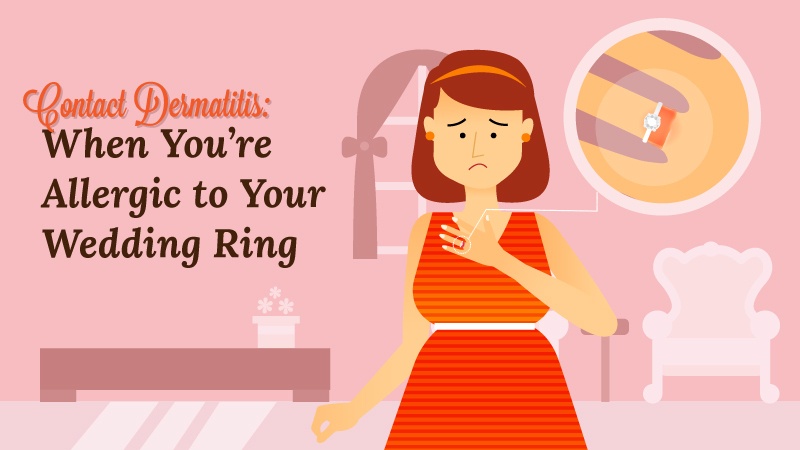
Yet, these items seem to be able to provoke adverse health effects that stem from their poor quality, especially in the case of “faux bijoux”. However, these accessories are not the only ones that are responsible for allergic reactions; even expensive jewelry (like wedding rings) can be harmful. Nickel is the causative agent.
Nickel is a chemical element and it is famous for its highly resistant properties against oxidation and corrosion. To have a better understanding of it, it is easy to compare it with iron since they share some resemblance when it comes to their strength and toughness but in cases of oxidation and corrosion resistance, nickel seems to be like copper.
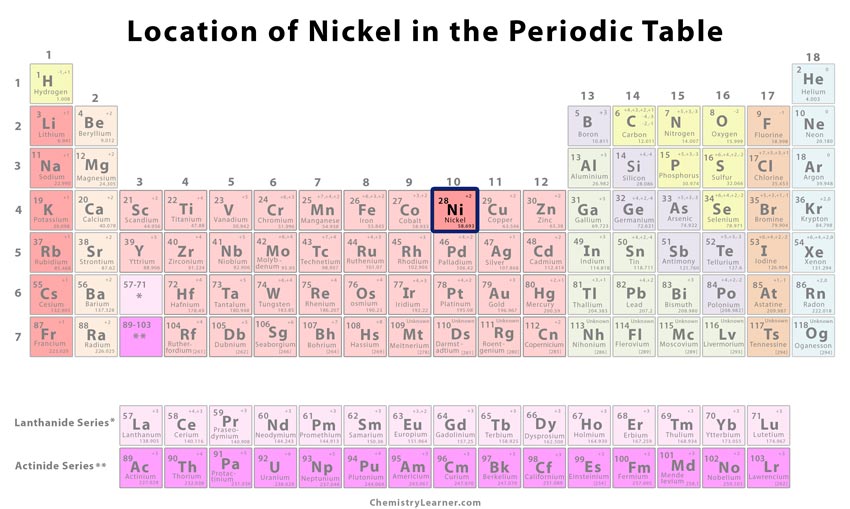
There are many sources of nickel since it is widely disturbed in nature, as it can be found in the air, water, and soil. There are also natural sources of nickel, including dust from volcanic emissions. Depending on the pH values of the environment, it can be in a relatively soluble form or exist as an insoluble oxide.
In terms of its use, it is a material that is widely preferred and manipulated, as well as being easily combined with other chemical elements. For instance, it is used in alloys combined with iron to produce stainless steel. Nickel-cast iron comprises coins, machinery tools, or even electrical and surgical equipment. It is also combined with copper and chromium. Frequently, it is utilized in the manufacturing of alkaline batteries as well as in electroplating. Moreover, it also forms the famous “nickel silver” that is found in ornamental silverware. Lastly, it is used in the making of household utensils like kettles, in coating jewelry like white gold pieces, buttons, watches, and piercings, and it can be an ingredient in shampoos and detergents.
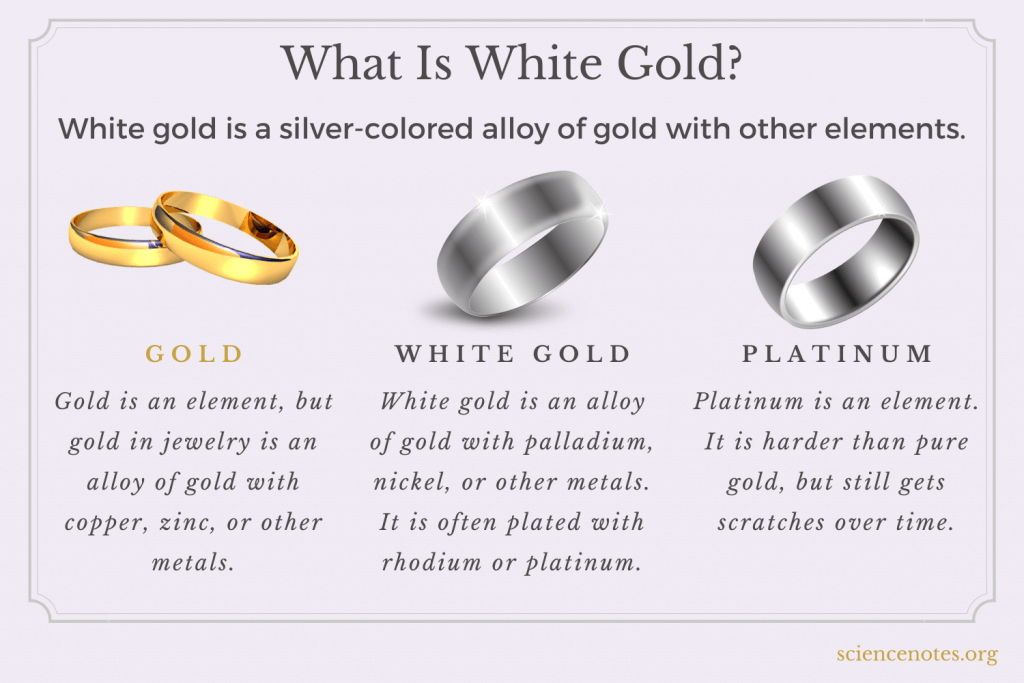
Nickel exposure is divided into two types: occupational and non-occupational. Generally, occupational exposure is associated with causative agents in the working environment or unfavorable work-related conditions that can lead to the development of a disease. Therefore, workers in alloys that come into contact with nickel belong to this category since they can get sickened by inhaling nickel dust and vapors while working. Non-occupational sources include all the objects that contain nickel and are used in everyday life. The most frequently used are jewelry and household materials like kitchen kettles.
As it is understandable, nickel can enter the organism by inhalation, ingestion, and skin contact. Yet, developing nickel symptoms by ingesting is a rare case that will be seen only when the consumed amount exceeds the normal nickel levels that occur in food and water many times. It is also interesting that it is present in some foods, like mussels. Nickel does not accumulate in the body since it is excreted in the urine, feces, bile, and sweat. Nevertheless, in chronic exposure, the highest nickel concentrations are detected in the bones, lungs, kidneys, liver, and brain, as well as small amounts in breast milk, saliva, hair, and nails.
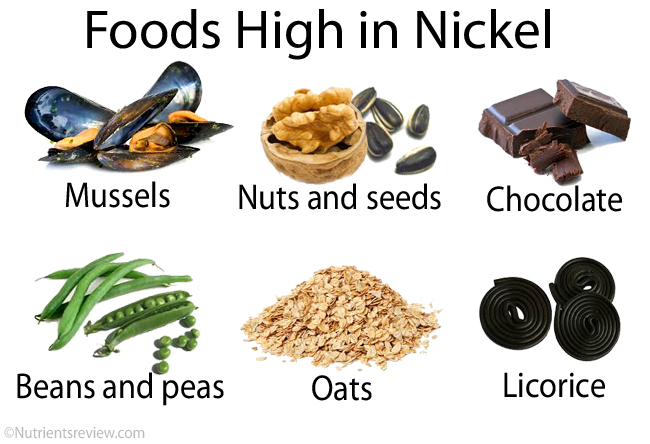
There are two types of poising: acute and chronic. In cases of acute poisoning, the patient will experience catarrh of the upper respiratory tract, which means mucus buildup along with headaches and fatigue. In cases of digestion, abdominal pain, profuse vomiting, cramping, and loose, watery stools are some of the symptoms that can be observed.
Finally, when contacted, nickel can cause allergic contact dermatitis. In cases of allergic contact dermatitis, the patient will present with intense pruritus and weepy, crusted lesions along with tiny vesicles, erythematous macules, and papules. The affected area may be edematous and warm with honey-colored crusting, which can stimulate bacterial infections. The lesions may extend beyond the affected area.
Also, the location of the affected area may suggest the cause; if the scalp is involved, hair dyes or shampoos can be the causative agents; if the face is affected, cosmetics, shaving materials, or even soaps can be responsible for the damage. The involvement of the neck and hands can indicate jewelry. Reactions can be delayed for at least 24 to 72 hours after exposure.
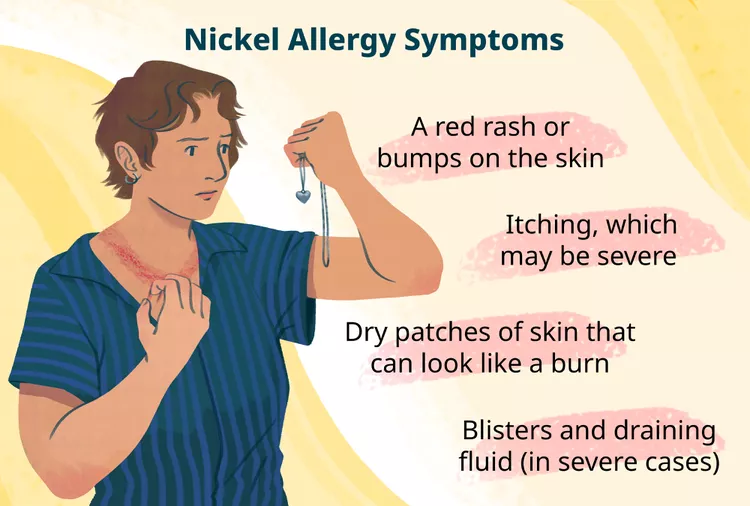
The main treatment involves topical agents such as gentle cleansing and drying compresses, gels, creams, and even wet dressings. In chronic poisonings, the symptoms can vary from rhinitis and sinusitis to nasal septum perforation and metal fever. Other manifestations include bronchial asthma, toxic pneumosclerosis (which requires at least 10 years of exposure to metal aerosols), and lung, nose, and sinus cancer. Death can be an unfortunate result of severe nickel exposure.
The treatment involves corticosteroids (as in creams and gels for acute allergic dermatitis), dimercaprol, and intravenous infusions of water, saline, and glucose solutions. When it comes to the legislation regarding nickel use as a coating for jewelry and piercings, even “nickel-free” objects are still allowed to contain a tiny amount of nickel but they must not exceed the levels proposed by the European Union’s (EU) Nickel Directive. The amounts that are allowed are the following:
- 2 micrograms per cm per week for post-assemblies inserted into pierced areas of the human body.
- 5 micrograms per cm per week for other products that can come to direct and prolonged contact with the skin.
In conclusion, Nickel is a multifaceted chemical element that is widely used in manufacturing and coating. Although it has some properties that can be proven beneficial like in stainless steel, one should be careful when buying accessories containing nickel. It is appreciated that there is legislation regarding the appropriate levels of nickel, however, buyers should be suspected and cautious. At the end of the day, beauty should not be painful and fashion trends need to always be human and animal-friendly.
References
- Information on nickel-free metals; Available here
- Material from the lecture for intoxications by Metals ( Pb, Hg, Mn, Cd, As, Ni, Cr) from the Department of Hygiene and Occupational diseases at the Medical University of Sofia.
- Aleksandra Duda-Chodak, Urszula Blaszczyk .The impact of nickel on human health. Department of Fermentation Technology and Technical Microbiology Agricultural University in KrakowReview paper; The impact of nickel on human health.
- Maxine A. Papadakis MD, Stephen J. McPhee MD, Michael W.Rabow MD, Kenneth R.McQuald MD. CURRENT Medical Diagnosis & Treatment, (2024). Associate editor Monica Gandhi MD, MPH. Sixty-third edition.




